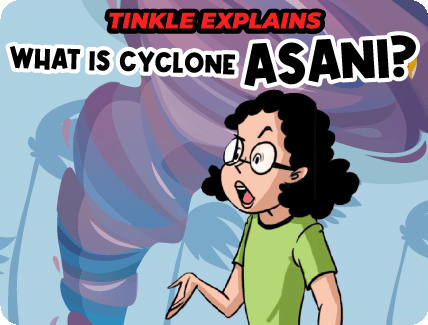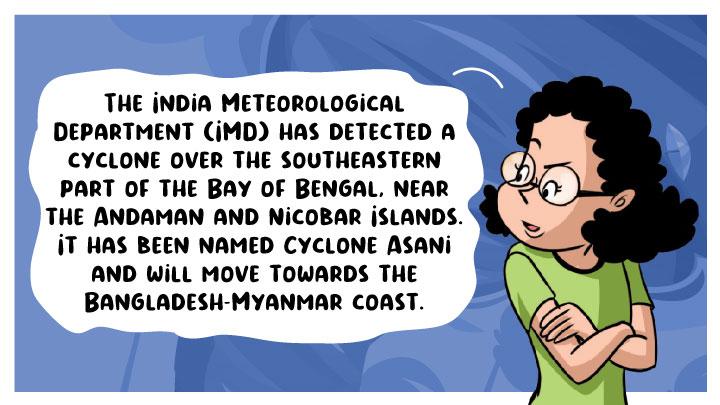



















What’s behind the name?
In Sinhala, the word “asani” means “wrath”. Cyclone Asani was one of the storms that were included in a list of 169 released by the IMD in 2020. There are six organizations that are responsible for naming tropical cyclones, and thirteen member nations are involved. In the 2020 list, each member nation suggested 13 names, and Asani was one of the names recommended by Sri Lanka. The convention of naming cyclones mainly achieves the purpose of helping warn people about them, especially when one is about to hit sometime soon.
How did it originate?
Cyclone Asani originated as a low-pressure storm system over the southeastern part of the Bay of Bengal, and became noticeable on 20th of March. It is expected to develop into a cyclonic storm on the 21st of March.
What kind of a cyclone is it?
Cyclone Asani is a tropical cyclone. These cyclones are formed due to low pressure conditions over a sea surface whose temperature is above 26.5 degrees celsius. These types of cyclones can continue for weeks, and can cause heavy rainfall and flooding. This is why the protection of people living in low-lying areas becomes a priority when a tropical cyclone is detected.
What impacts can it have?
A tropical cyclone such as Asani can cause heavy rainfall and very strong winds when passing by. Wind speed caused by a tropical cyclone can be as much as 240 kilometres per hour! As mentioned before, the flooding of low-lying areas is also an adverse impact it can have. On making landfall, such a cyclone can also cause severe damage to life and property. In such a situation, knowledge and preparation are the cornerstones of protecting people and their livelihoods from natural disaster.